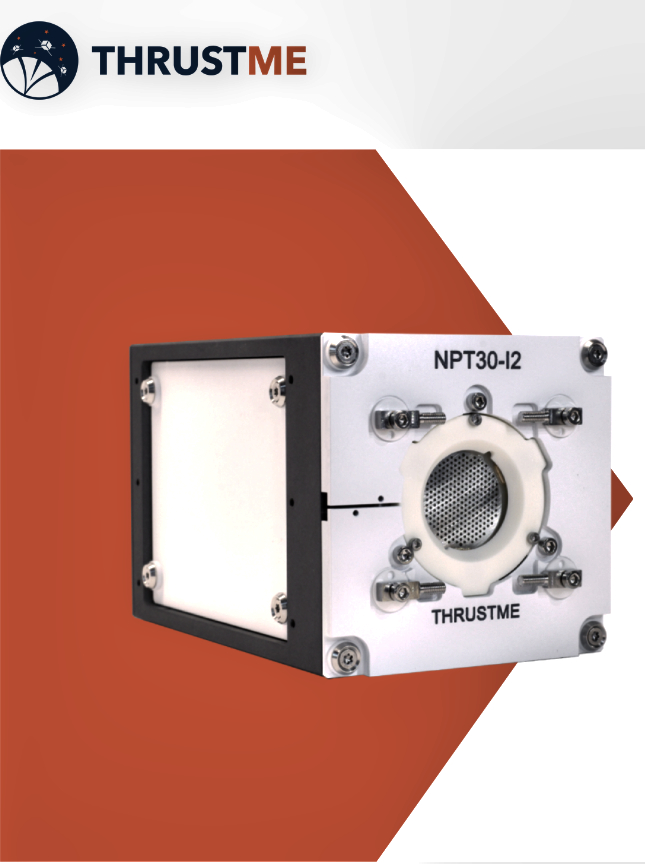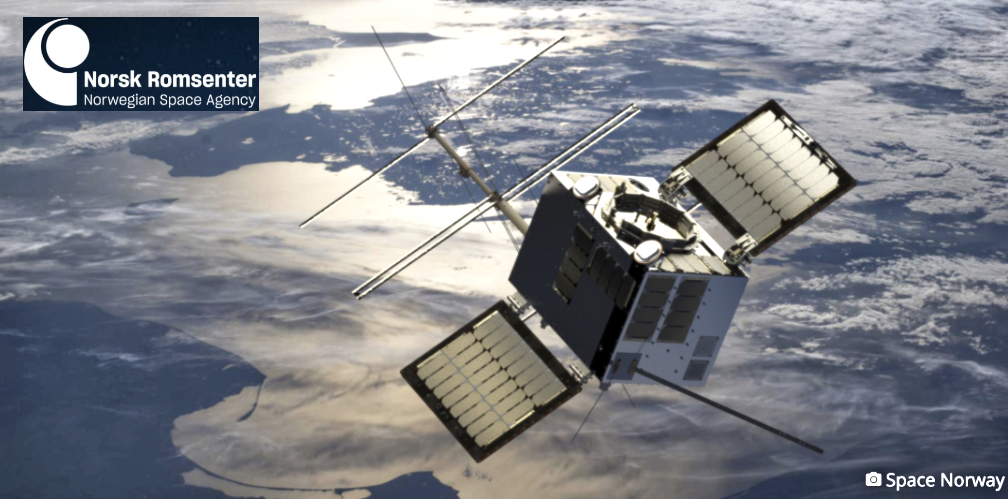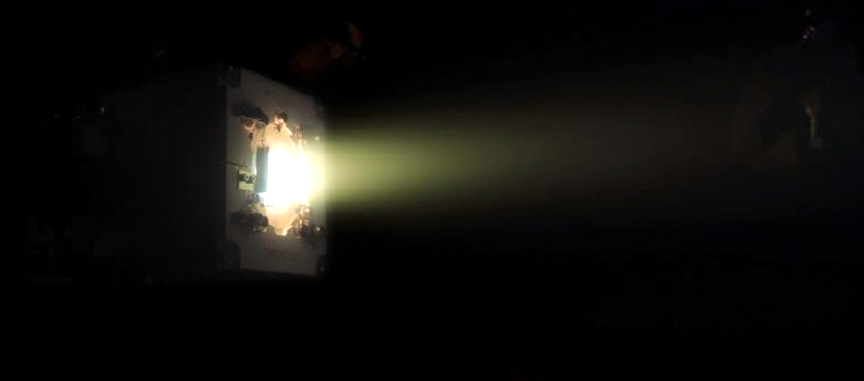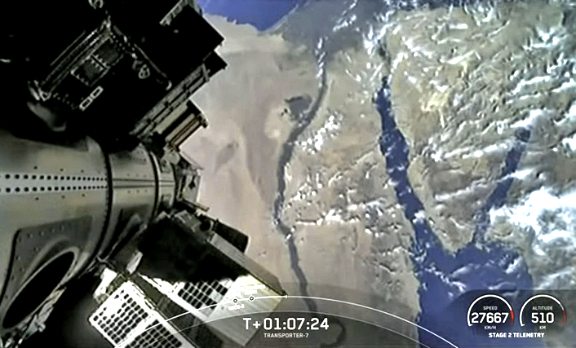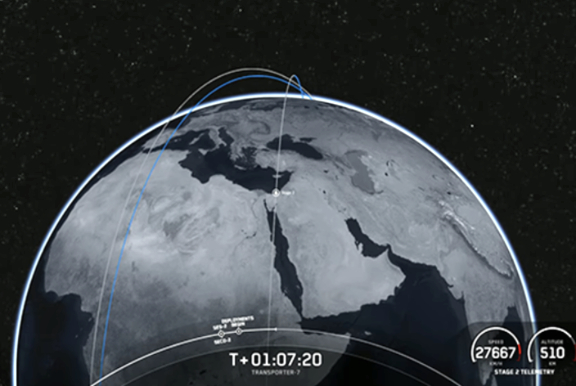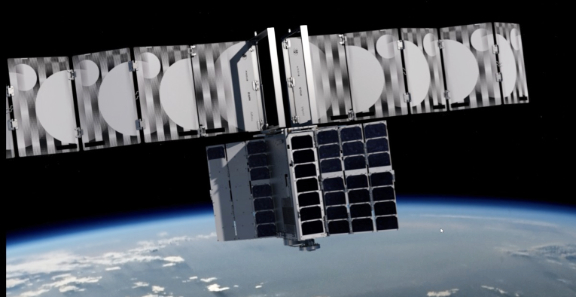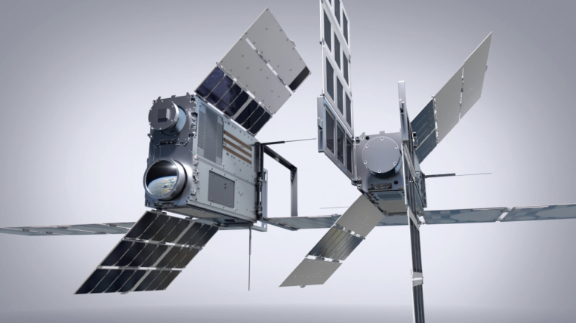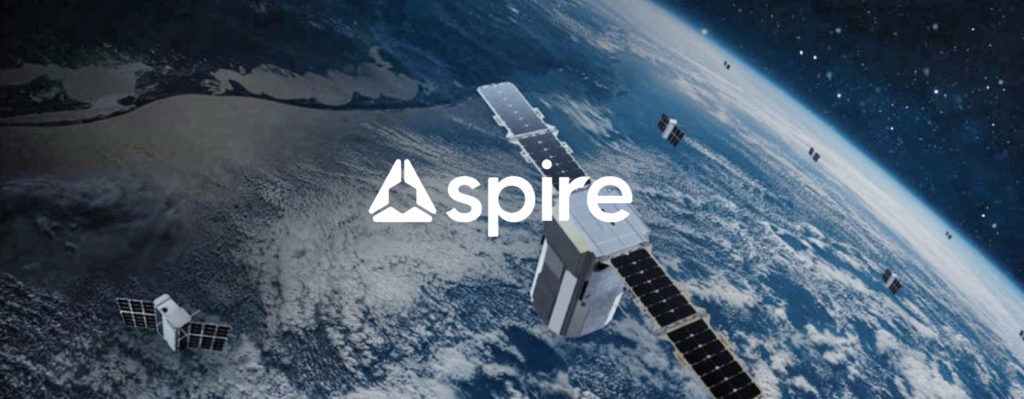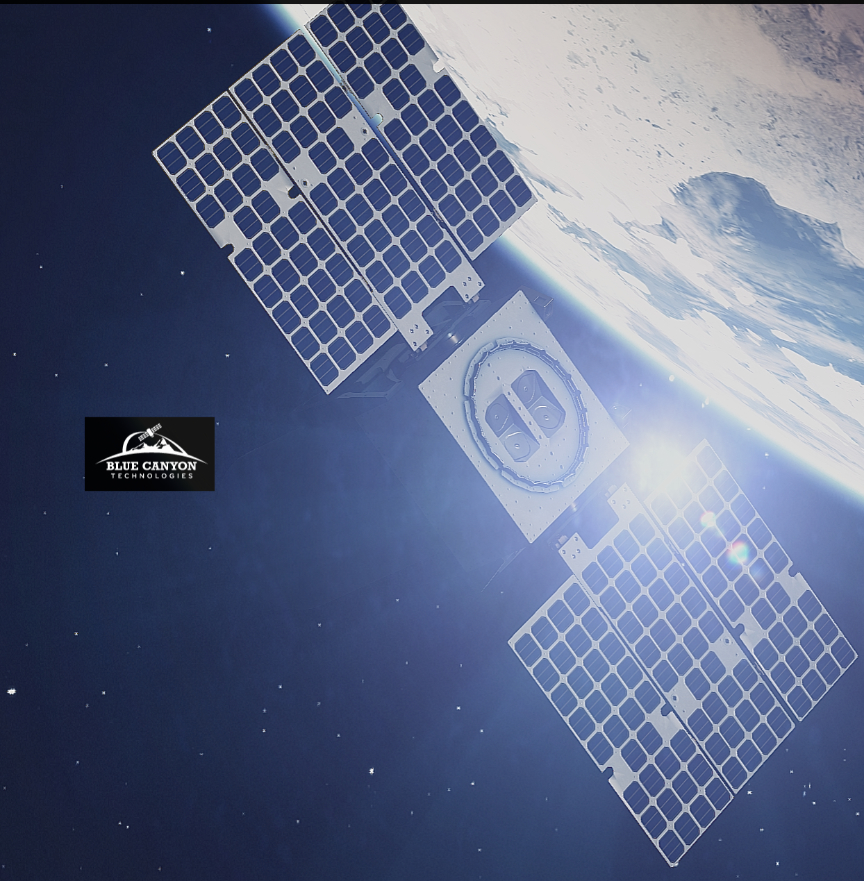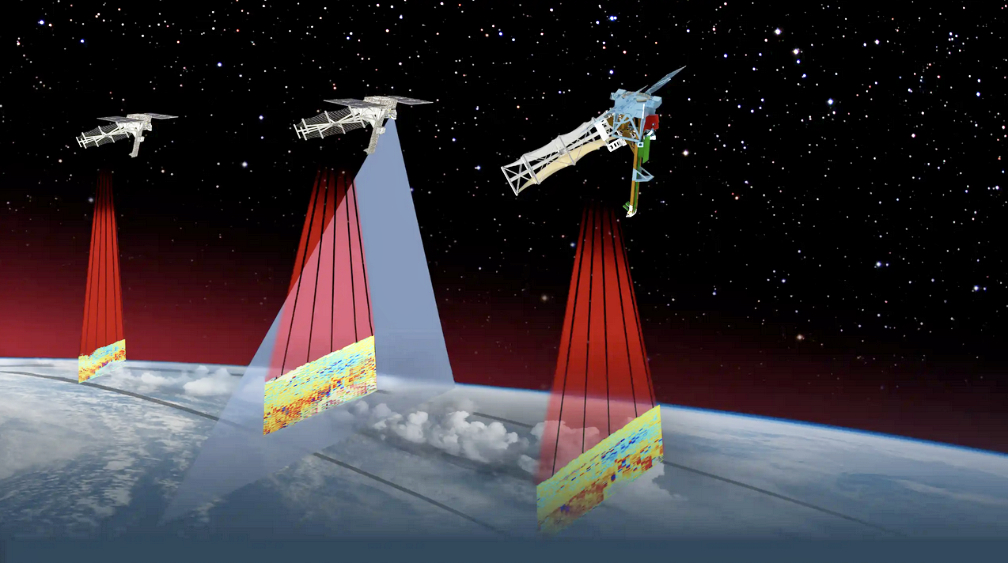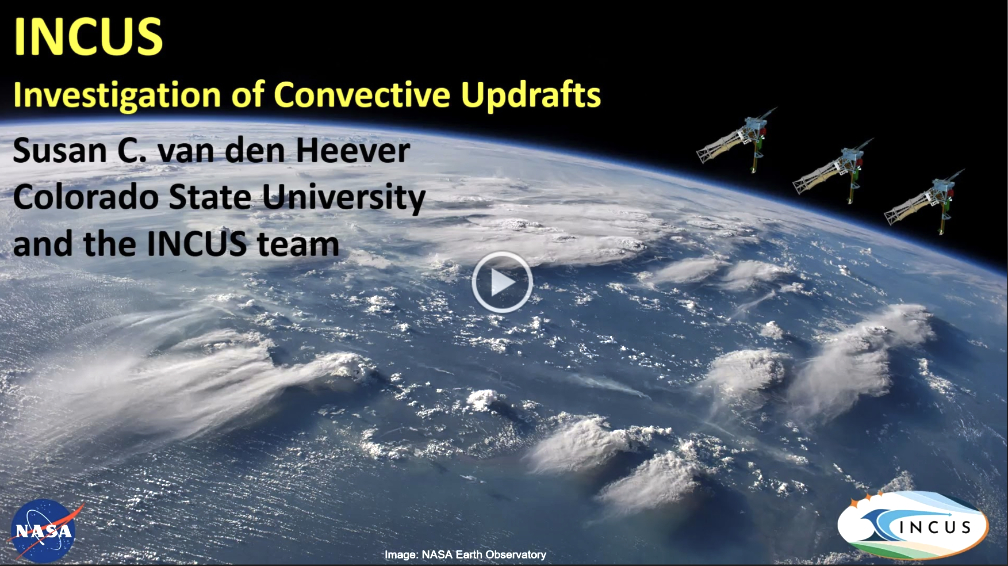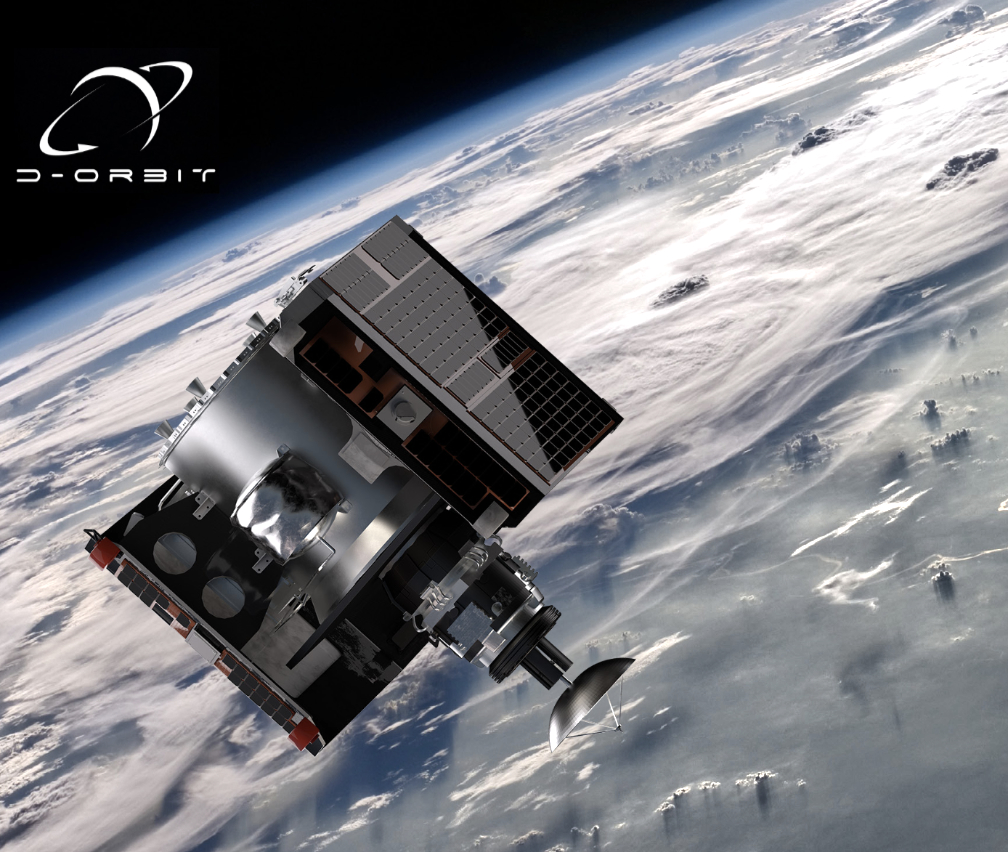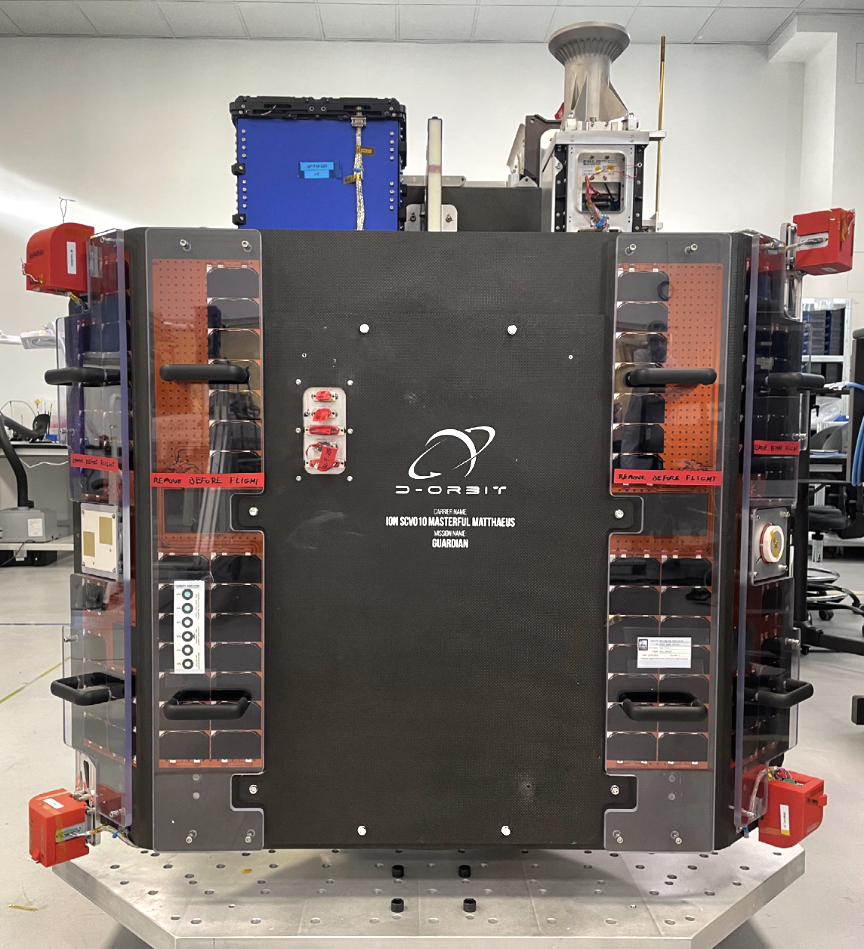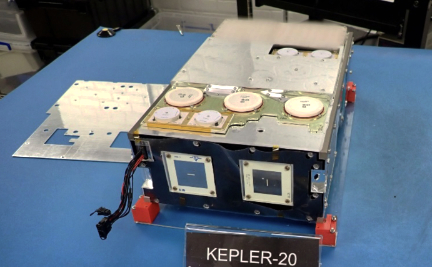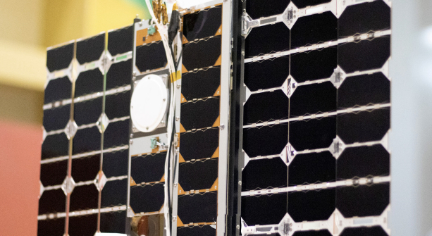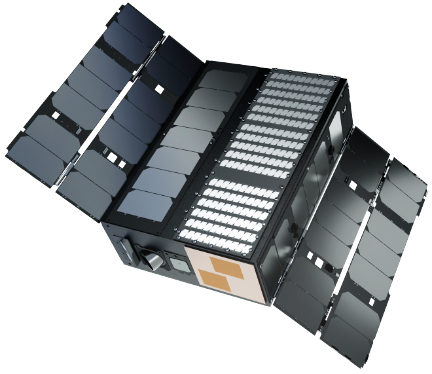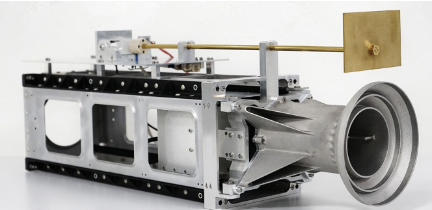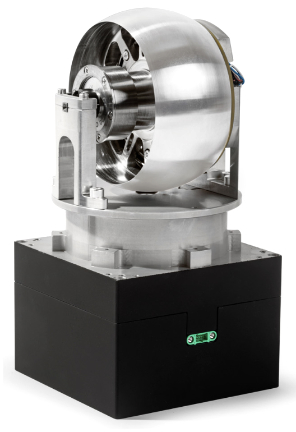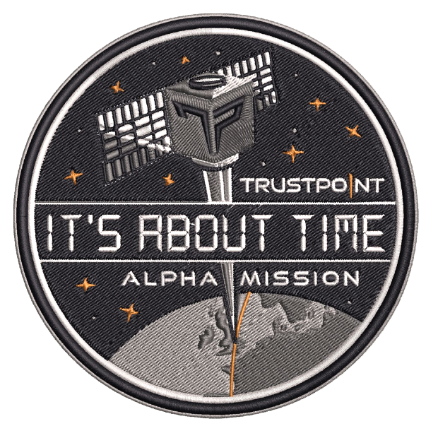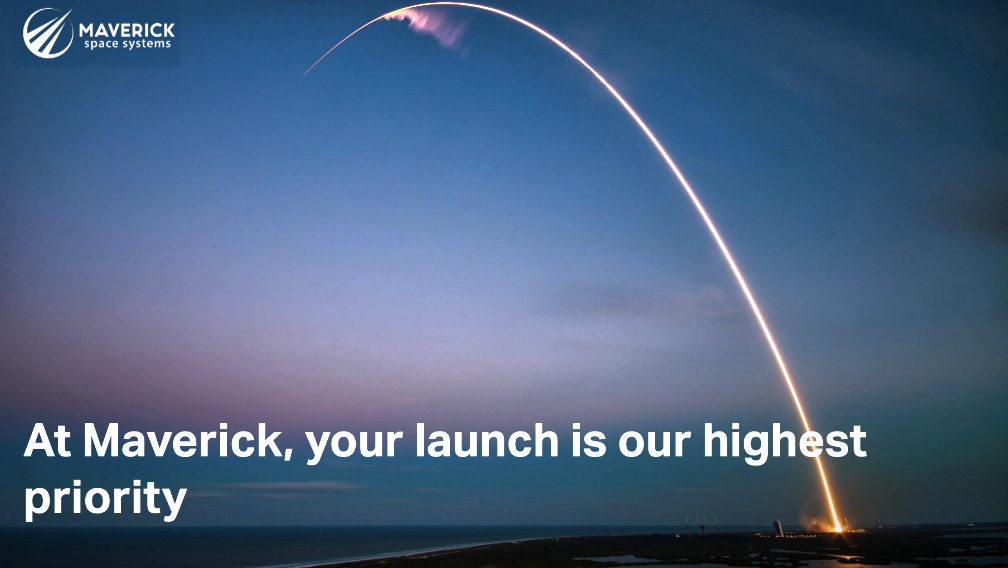
Northrop Grumman Corporation (NYSE: NOC) recently completed a critical design review (CDR) for the firm’s Tranche 1 Transport Layer (T1TL), part of Space Development Agency’s (SDA) LEO network designed to communicate vital information to wherever it’s needed to support U.S. troops on the ground, quickly and securely.
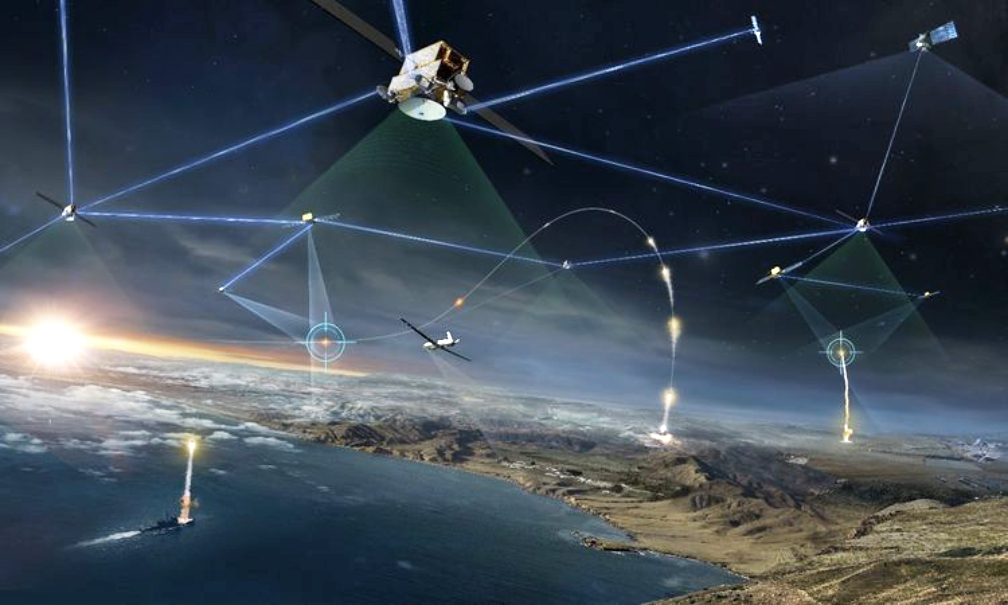
The Tranche 1 Transport Layer (T1TL) communication satellites will provide resilient, low-latency, high-volume data transport supporting U.S. military missions around the world. Designed to connect elements of an integrated sensing architecture, the network will deliver persistent, secure connectivity, and serve as a critical element for advancing the U.S. Department of Defense’s vision for Joint All Domain Command and Control.

SDA formerly announced that Northrop Grumman is under contract to provide the agency with 56 satellites, including the 42 communication satellites in the Tranche 1 Transport layer and 14 for the Tranche 1 Tracking layer, which includes an infrared sensor payload. The Tracking layer program recently completed its preliminary design review. Northrop Grumman is also providing the ground system for both its Transport and Tracking constellations.
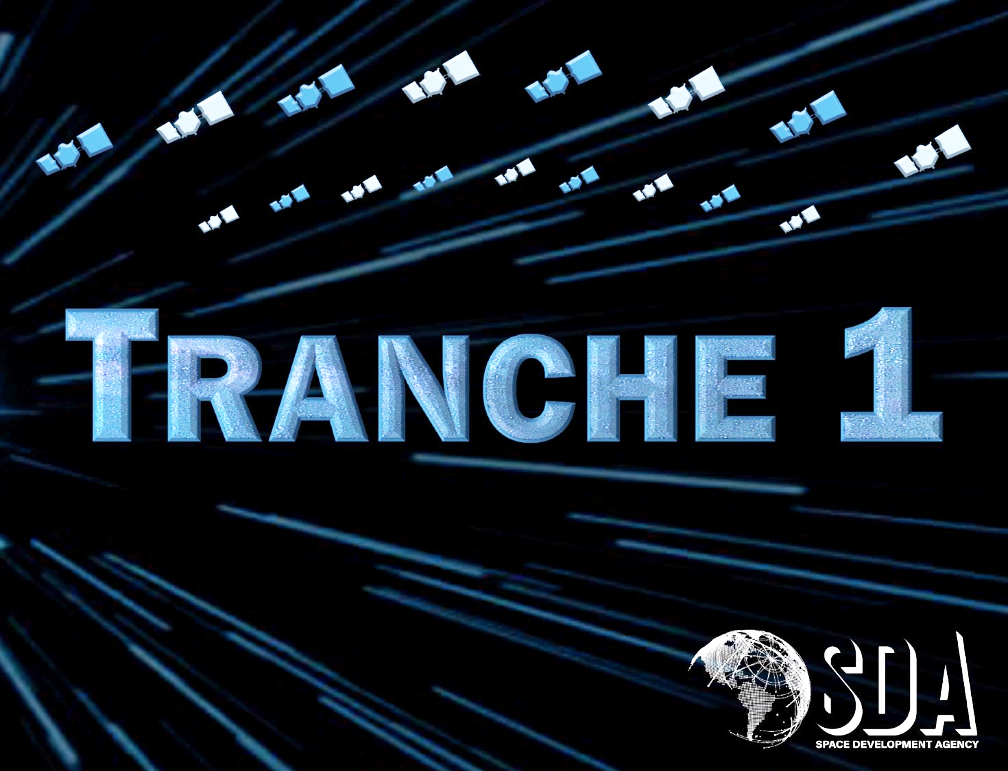
“We are leveraging our commercial marketplace partnerships to deliver a rapid, affordable, highly effective solution for SDA. Our T1TL solution builds on our decades of end-to-end mission expertise. We are uniquely capable of delivering a credible capability to support the warfighter.” — Blake Bullock, vice president, communication systems, strategic space systems, Northrop Grumman


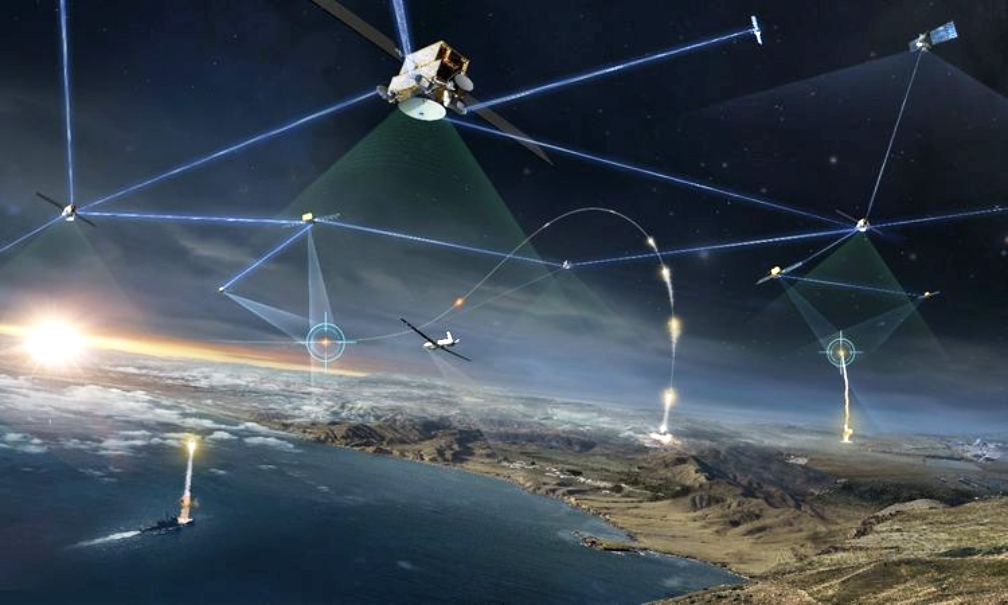

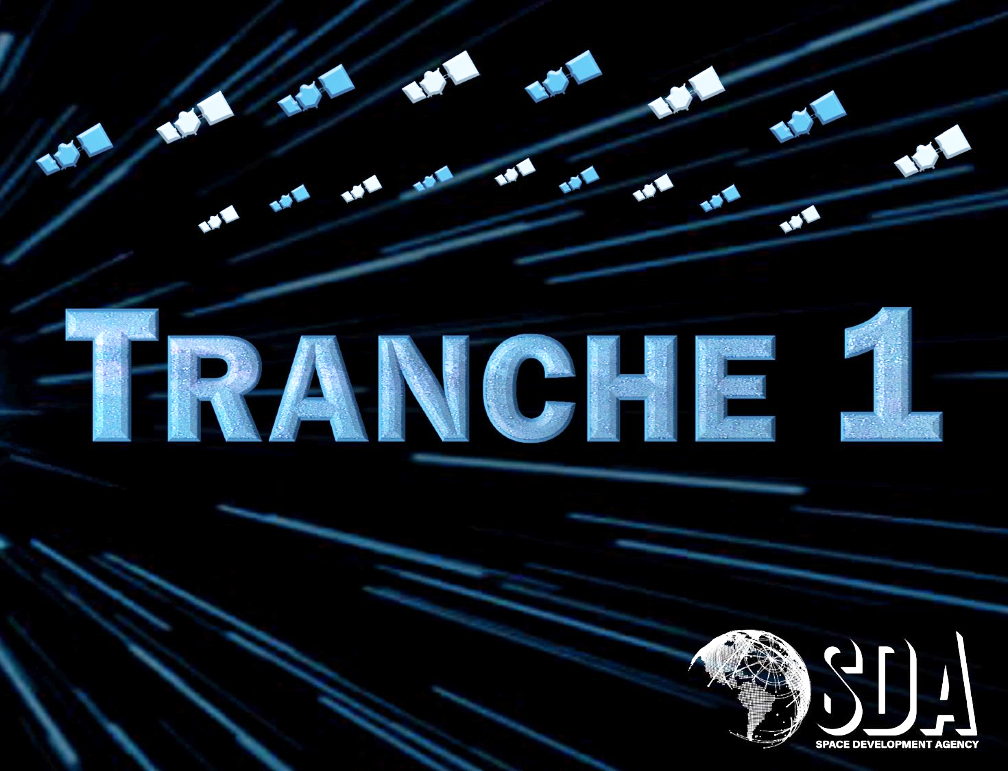
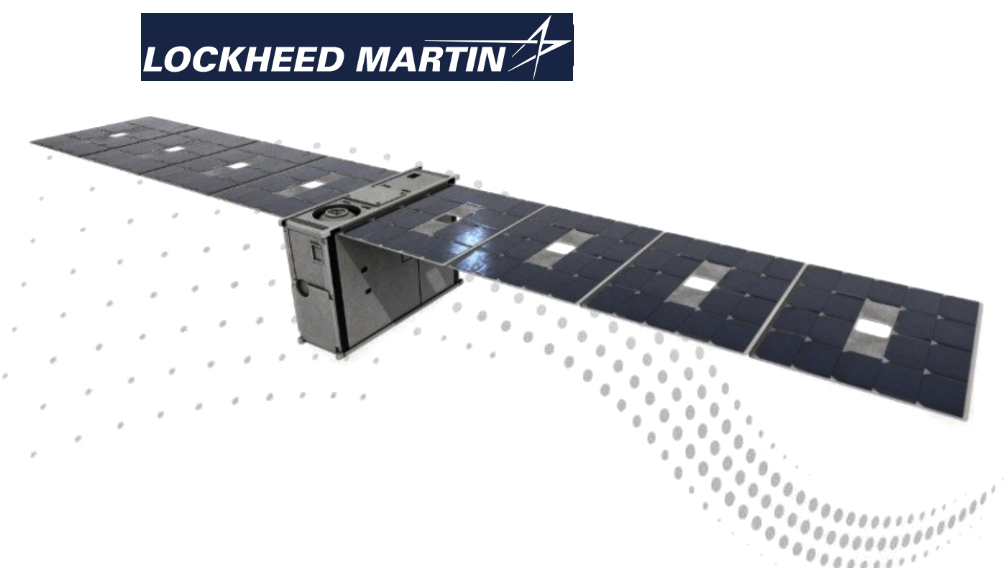
 ) accomplished a successful, on-orbit demo, proving how smallsats can serve an essential role in sustaining critical space architectures. This is accomplished by regularly upgrading existing constellations with new capabilities and extending spacecraft design lifecycles.
) accomplished a successful, on-orbit demo, proving how smallsats can serve an essential role in sustaining critical space architectures. This is accomplished by regularly upgrading existing constellations with new capabilities and extending spacecraft design lifecycles.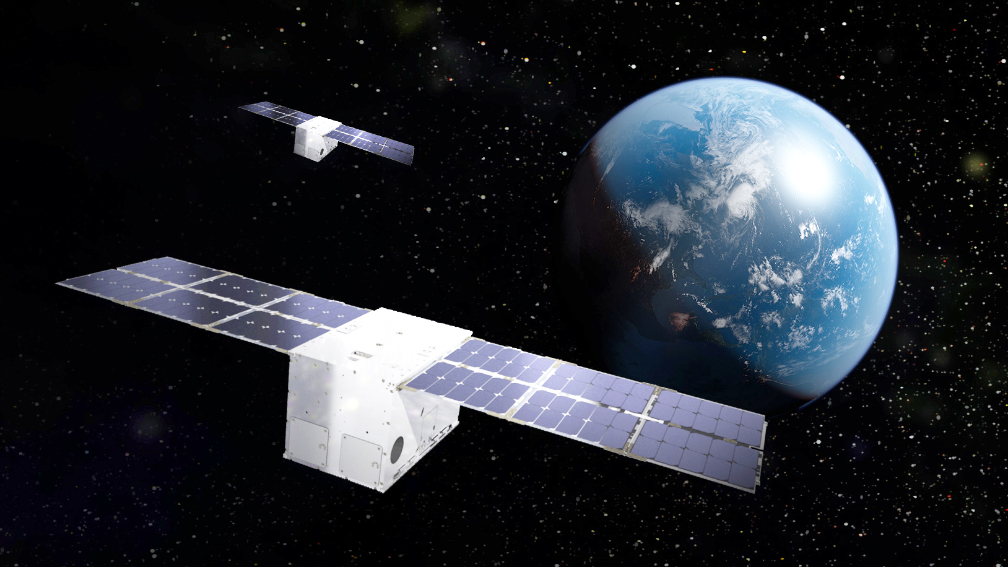
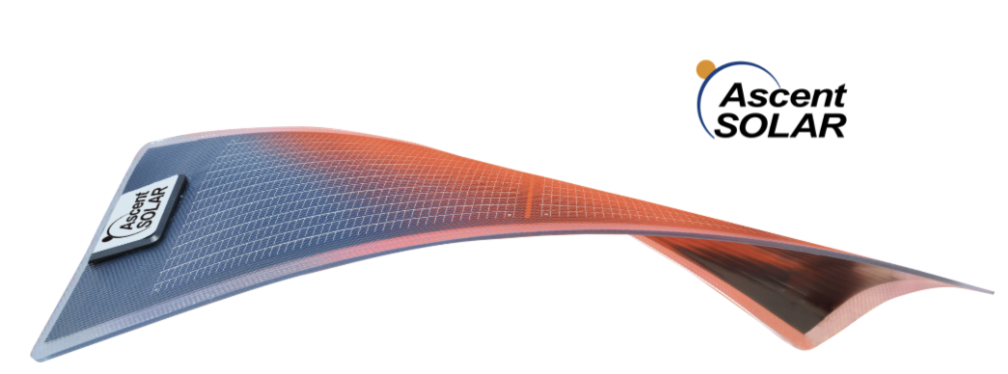
 Solar Integration: HDKs engineered to easily interface with proprietary and COTS components, including systems, subsystems and buses.
Solar Integration: HDKs engineered to easily interface with proprietary and COTS components, including systems, subsystems and buses.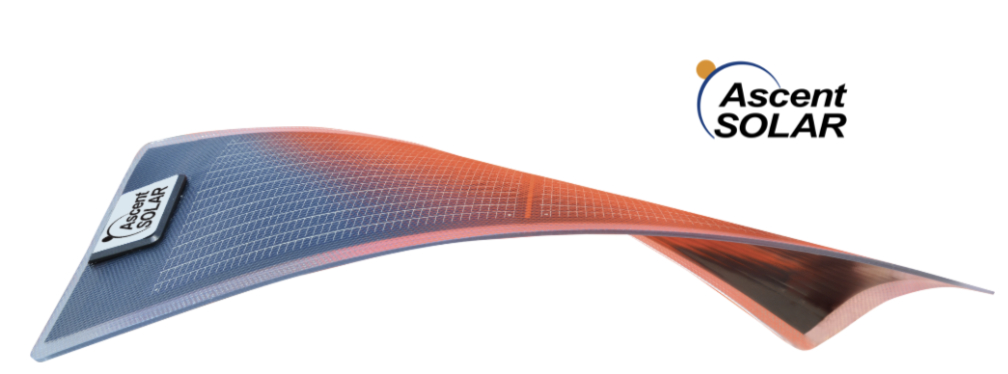
 Solar Integration: HDKs engineered to easily interface with proprietary and COTS components, including systems, subsystems and buses.
Solar Integration: HDKs engineered to easily interface with proprietary and COTS components, including systems, subsystems and buses.